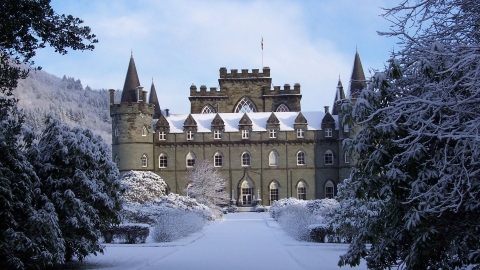When people think of Scotland’s most famous castles, Edinburgh Castle or Balmoral Castle usually come to mind. Eilean Donan is not as famous, but its beauty is. Called Scotland’s most beautiful castle, it appears on many postcards, calendars, and guidebook covers.
With its weather-beaten walls, tidal island setting and stone bridge, this castle is the perfect symbol of medieval romance.

It is also a castle that would look very different if it had not been restored in the 20th century to its full romantic glory - and miraculously, it was built in part based on the vivid dreams of the stonemason.

Otter Island
The story surrounding Eilean Donan is as romantic as the castle itself. One legend holds that both the island and castle were named in the 7th century after a Celtic Christian saint named Donnán, who attracted many followers and was martyred in 617 when he was beheaded by pirates along with 52 of his followers during a mass.

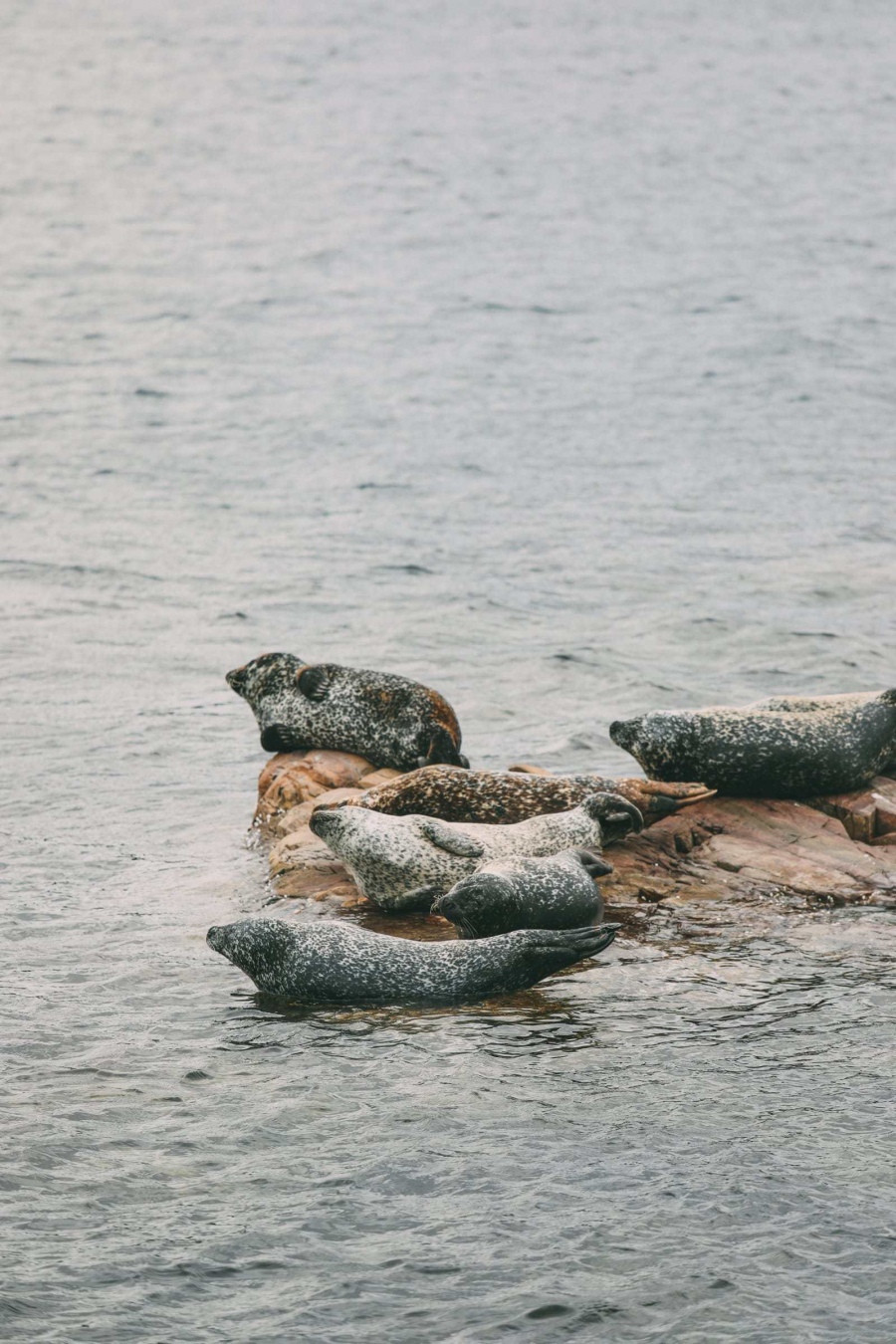
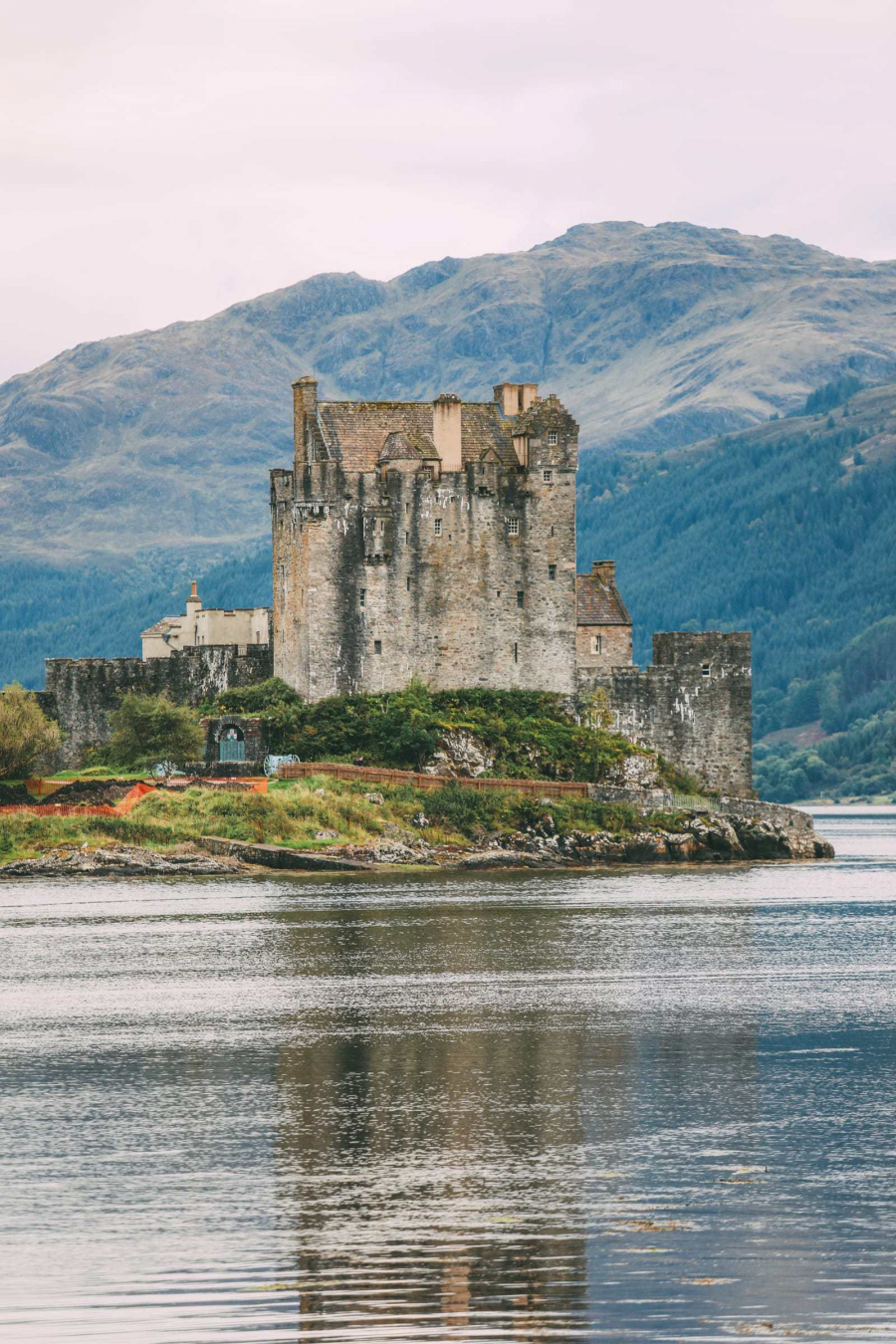
Another story concerns the creatures of the lake, where visitors often see otters or dolphins in the distance. The story goes that the name of Eilean Donan Castle comes from the Gaelic word for brown dog (cu-donn) and was also the name of the otter king. When the otter king died, he was buried on the island and the castle was built on his grave.
Defensive purposes
Legends aside, what we do know is that the castle was built in the 13th century as a fortress against Viking raiders from the sea. At the time, the Norwegians controlled the nearby Hebrides and often made incursions into the mainland. It is said that King Alexander II of Scotland, in order to defend the area, ordered the fortification of the small tidal island with the construction of Eilean Donan Castle.
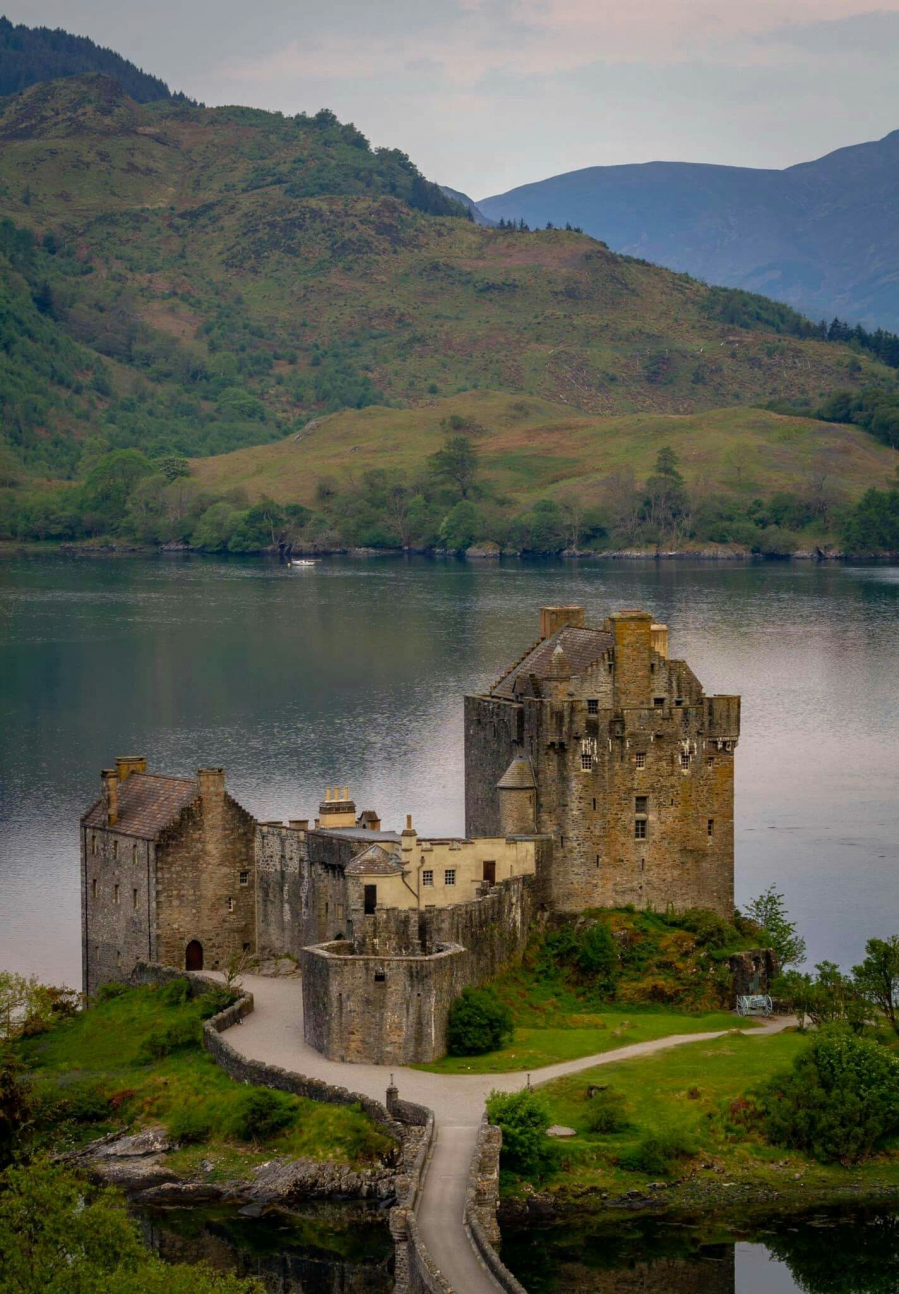
Some parts of the old castle are still visible today – such as the wall on the right side of the grounds. But much of the castle's medieval history, such as its ancient origins, remains a mystery.
Strange architecture
One of the island’s most striking structures is the fortifications, added to Eilean Donan Castle in the 1500s. The cannons are a reminder that, however beautiful the castle may look today, it was clearly built for military purposes. Facing the mainland and surrounded by the rest of the castle, the gun emplacements made the castle impregnable.
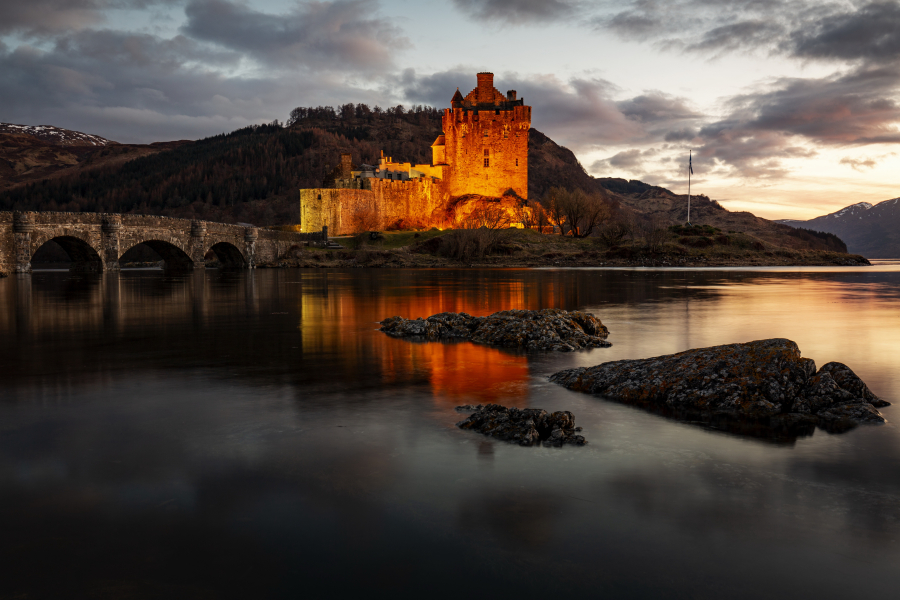
From rebellion to devastation
In fact, one of Eilean Donan Castle’s most well-documented histories also chronicles the near-total destruction of the structure. In 1719, during the simmering rebellion against the British Crown, the castle briefly served as a stronghold for the Spanish garrison supporting the Jacobites. After a soldier fired on the British, ships bombarded the castle, almost completely destroying it. What remained was a crumbling structure, with no trace of the once-powerful fortress.
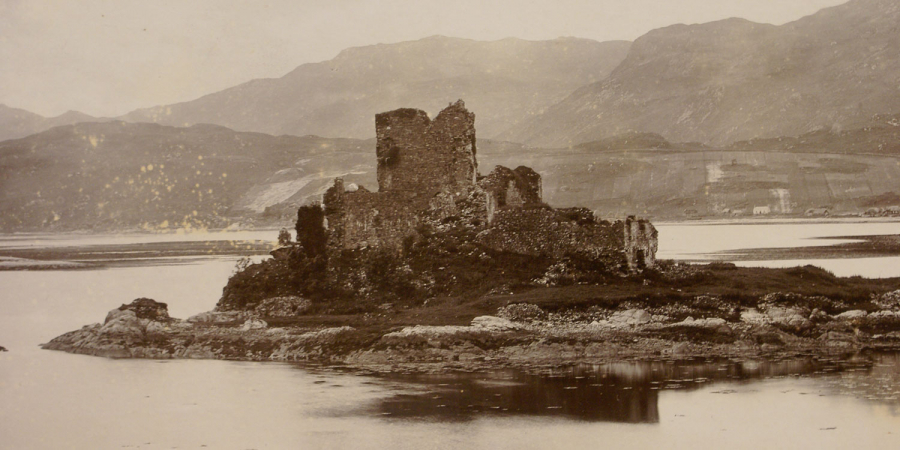
The castle would have remained in a state of perpetual ruin had it not been for the Macrae-Gilstrap family who bought it in 1911. They initially intended to keep the castle as it was, but then hired local man Farquhar MacRae to clean it up and restore it.
The story goes that before starting work, Mr. Farquhar had a strange dream. He saw an image of the castle at the height of its glory, with the grounds and towers appearing in extremely clear detail.
Magnificent scenery
Farquhar's dream is said to have shaped the resulting restoration of the castle. An architectural survey in 1714 found that after nearly 16 years of construction, the castle was remarkably close to Farquhar's vision.
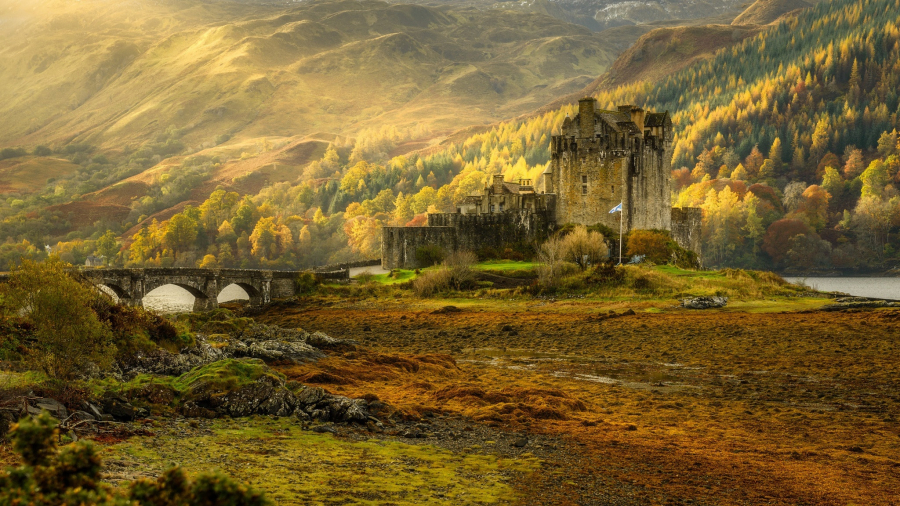
But the truth is a little less glamorous. In fact, the 20th-century restoration was far more thorough and romantic than the original 18th-century medieval castle survey, leading architectural historian John Gifford to call it “an Edwardian restoration of a medieval structure.”
But not all changes during restoration were purely cosmetic.
Bridge
The original castle was built on a tidal island at the junction of three lochs, Duich, Long and Alsh. This meant that the castle could only be accessed by boat at high tide. In fact, the original castle would have had a water gate – meaning most people would have entered the castle from the loch, an unusual way to travel in the Middle Ages when roads were scarce.

By the time of reconstruction, the circumstances were no longer the same. So the project was quite practical, while still retaining the beauty of the castle, a bridge was added.
Inspired by the island
Sadly, Farquhar died before he could see his dream fulfilled. But he probably never predicted the fame the restored castle would become – however accurately recorded the restoration process.
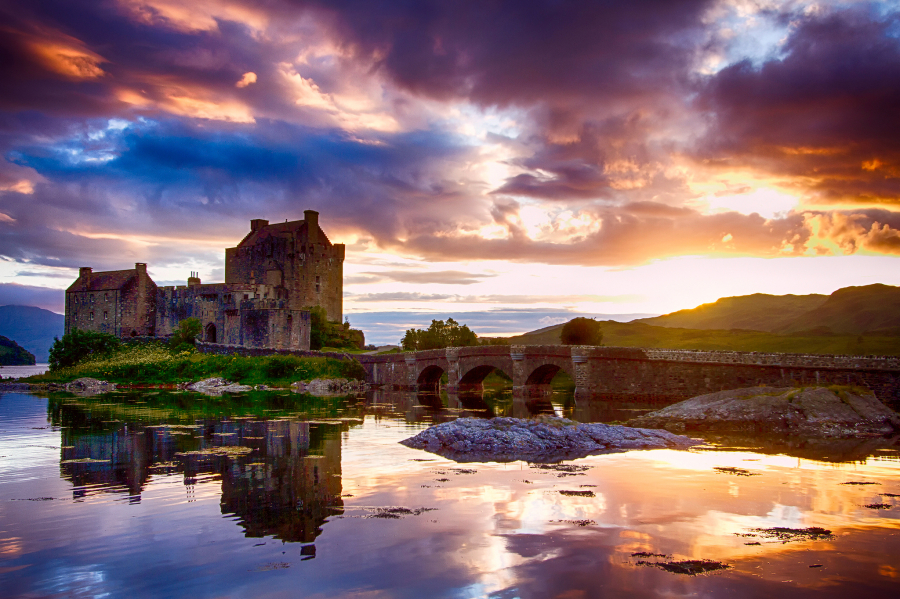
Over the years, the castle has appeared in many movies, such as the James Bond movieThe World is not Enough(1999) andElizabeth: The Golden Age(2007). Most famously, the castle inspired Pixar's filmBrave(2012).





















.jpg.jpg)





